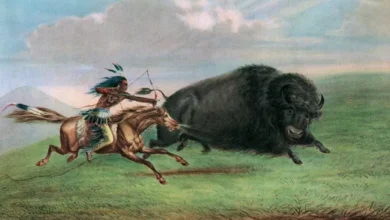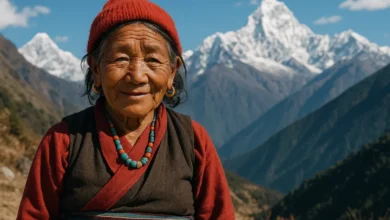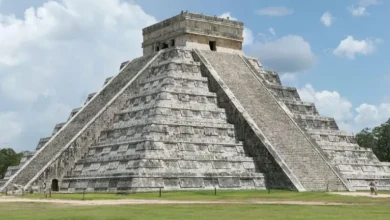Discover the history, culture, and resilience of one of Earth’s oldest cultures
Who Are the San People?
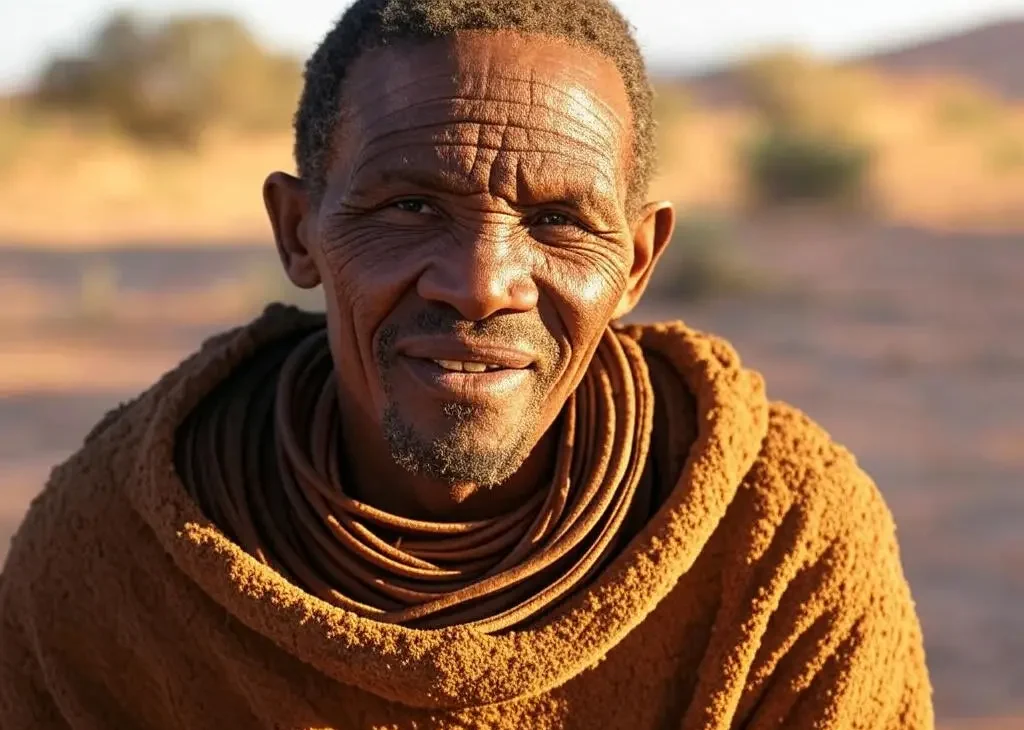

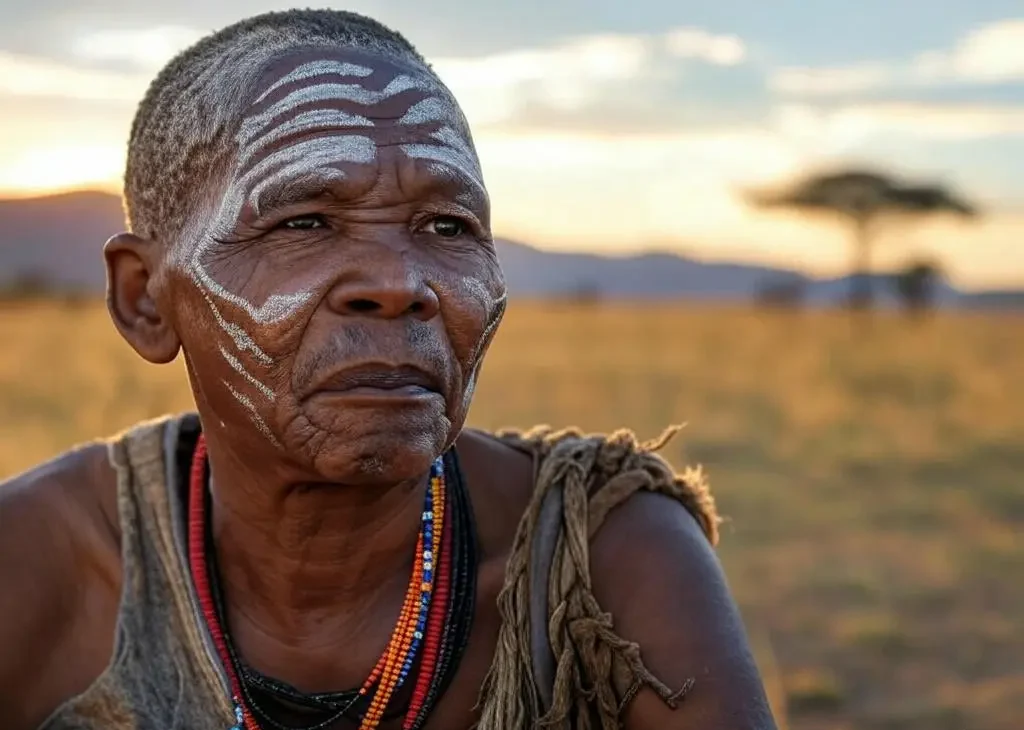
The San, often called Bushmen, are indigenous hunter-gatherer communities of Southern Africa. Renowned for their ancient heritage, they are considered one of the oldest cultures on Earth, with genetic roots tracing back over 70,000 years. Today, they primarily live in the arid Kalahari Desert, spanning Botswana, Namibia, South Africa, and neighboring countries.
Note: While “Bushmen” is widely recognized, many prefer “San” or specific group names (e.g., Ju/’hoansi) to avoid colonial-era stereotypes.
A Journey Through Time: The San’s Ancient Roots
- Genetic Legacy: DNA studies reveal the San are descendants of the earliest Homo sapiens, making them critical to understanding human evolution.
- Survival Through Millennia: For over 20,000 years, they’ve adapted to Southern Africa’s harsh environments, mastering survival skills passed down through generations.
Hunter-Gatherers: Masters of Survival in the Kalahari
The San’s traditional lifestyle revolves around sustainable living in harmony with nature:
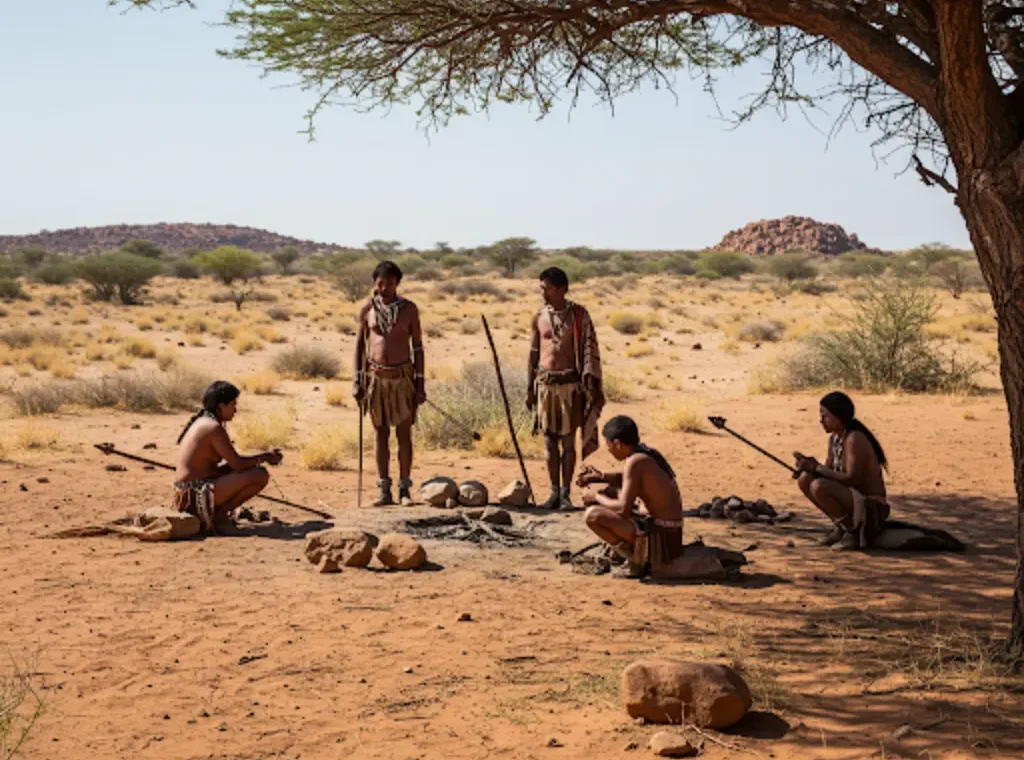
- Tracking and Hunting: Using bows, poisoned arrows, and unmatched tracking skills, they hunt game like antelope.
- Foraging Expertise: They gather nutrient-rich plants, such as mongongo nuts, which provide food, medicine, and materials.
- Resource Sharing: Egalitarian values ensure food and tools are shared communally, reinforcing social bonds.
Spirituality and Art: The Heart of San Bushmen Culture
- Animism and Healing: The San believe in a spiritual world intertwined with nature. Shamans (n|om-kxao) lead trance dances to heal sickness or resolve conflicts.
- Ancient San Bushmen Rock Art: Thousands of years old, their rock paintings in places like South Africa’s Drakensberg Mountains depict animals, rituals, and shamanic visions. These artworks offer a window into their spiritual life.
The Click Languages: A Linguistic Marvel
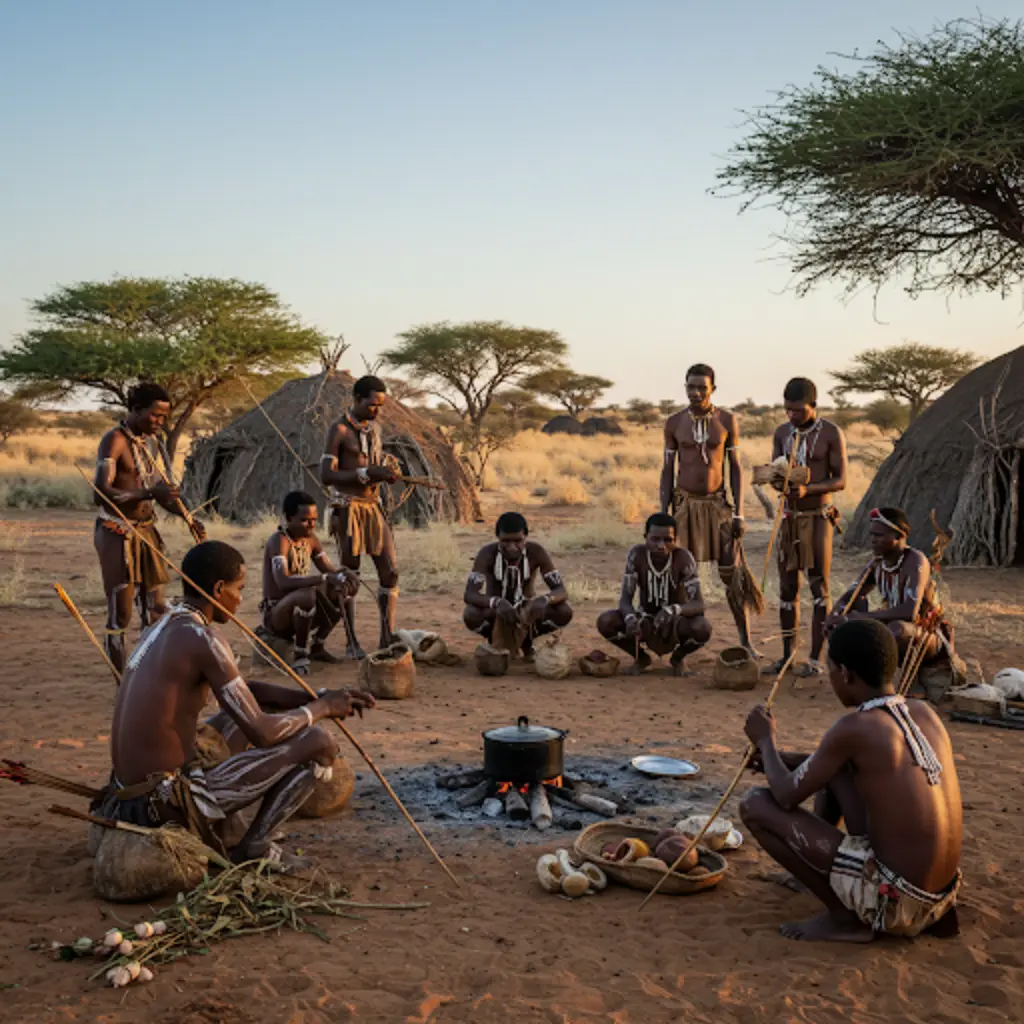
San bushmen languages, part of the Khoisan family, are famous for their unique click consonants (written as !, ǂ, or ǁ). Examples include:
See also Uyghur Ethnic Group: Exploring Cultural Fusion in China’s Northwest
Uyghur Ethnic Group: Exploring Cultural Fusion in China’s Northwest
- Ju/’hoansi: Spoken in Namibia and Botswana.
- !Xóõ: A complex language with over 160 distinct sounds.
These languages are not just communication tools—they’re vital to preserving stories, history, and ecological knowledge.
Community Life: Equality and Family Bonds
- Egalitarian Society: Leadership is fluid, and decisions are made collectively. Gift exchanges (hxaro) strengthen relationships between groups.
- Raising Children: San children learn through observation and play, fostering independence and deep environmental knowledge from a young age.
Modern Challenges: Land, Rights, and Identity
Despite their resilience, the San face critical threats:
- Land Loss: Governments and industries have displaced them from ancestral lands. A landmark 2006 court case in Botswana affirmed their right to return to the Central Kalahari Game Reserve—but enforcement remains inconsistent.
- Marginalization: Many endure poverty, limited healthcare, and discrimination. Others face pressure to abandon traditions for modern livelihoods.
- Cultural Erosion: Younger generations often grapple with balancing tradition and globalization.
Preserving a Legacy: Hope for the Future
- Land Rights Activism: Organizations like the Kalahari Peoples Fund and WIMSA (Working Group of Indigenous Minorities in Southern Africa) advocate for legal recognition and resources.
- Eco-Tourism and Education: Some communities partner with tourists to share tracking skills and stories, creating sustainable income while educating outsiders.
- Scientific Contributions: Their genetic diversity aids research on human evolution, while their plant-based knowledge inspires modern medicine.
Why the San Matter Today
The San are more than a relic of the past—they are a living testament to humanity’s shared heritage. Their deep ecological wisdom, spiritual practices, and egalitarian values offer lessons in sustainability and community resilience. Protecting their rights ensures not only cultural diversity but also safeguards invaluable knowledge for future generations.
Final Thoughts
The San’s story is one of survival, adaptability, and profound connection to the Earth. By learning about and supporting their struggles, we honor a culture that has shaped human history for millennia.
Read more: Explore documentaries like The Gods Must Be Crazy (fiction) or The Great Dance (documentary) to glimpse San life, or visit rock art sites in South Africa’s uKhahlamba-Drakensberg Park.
See also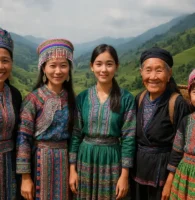 The Hmong People and Their Cultural Legacy
The Hmong People and Their Cultural Legacy
